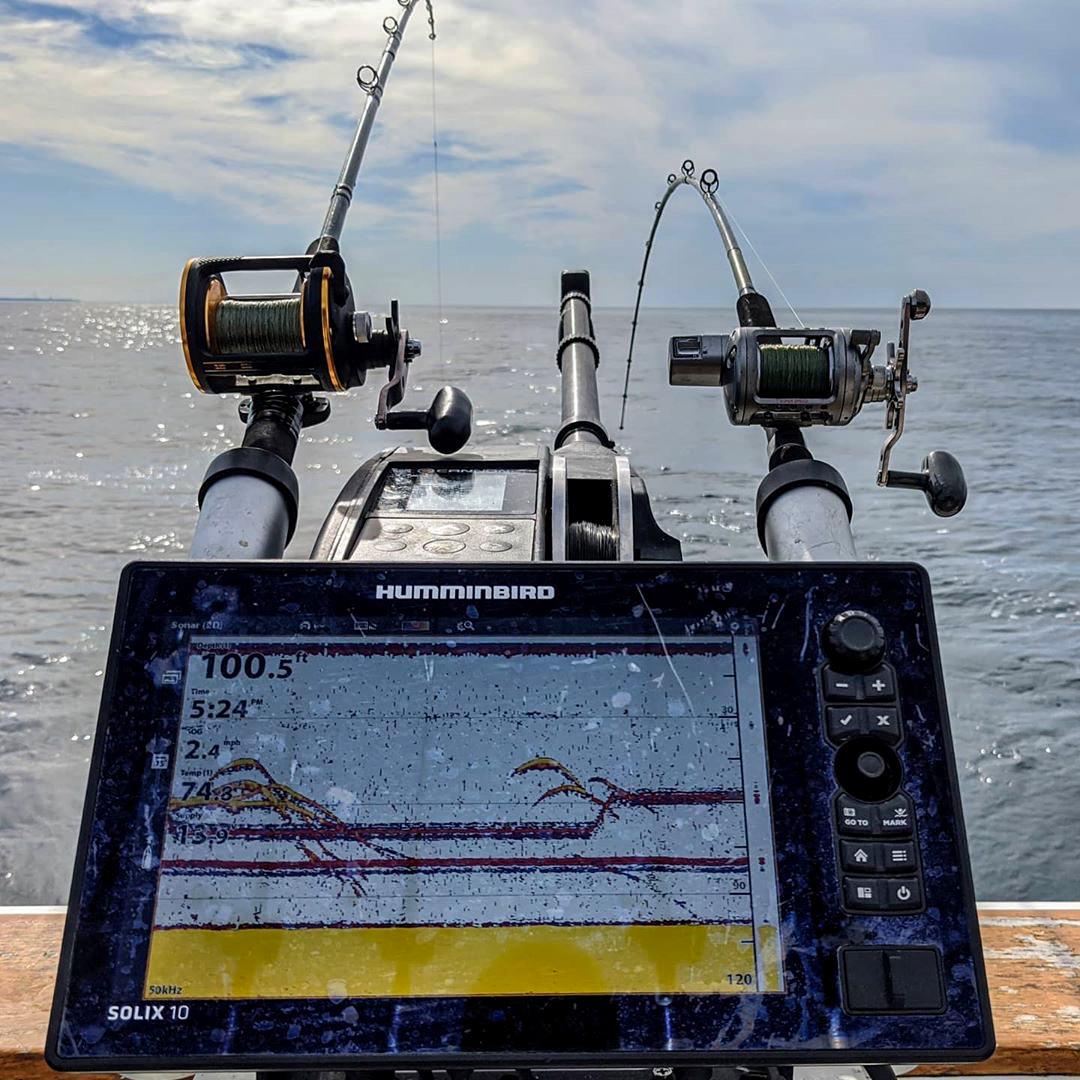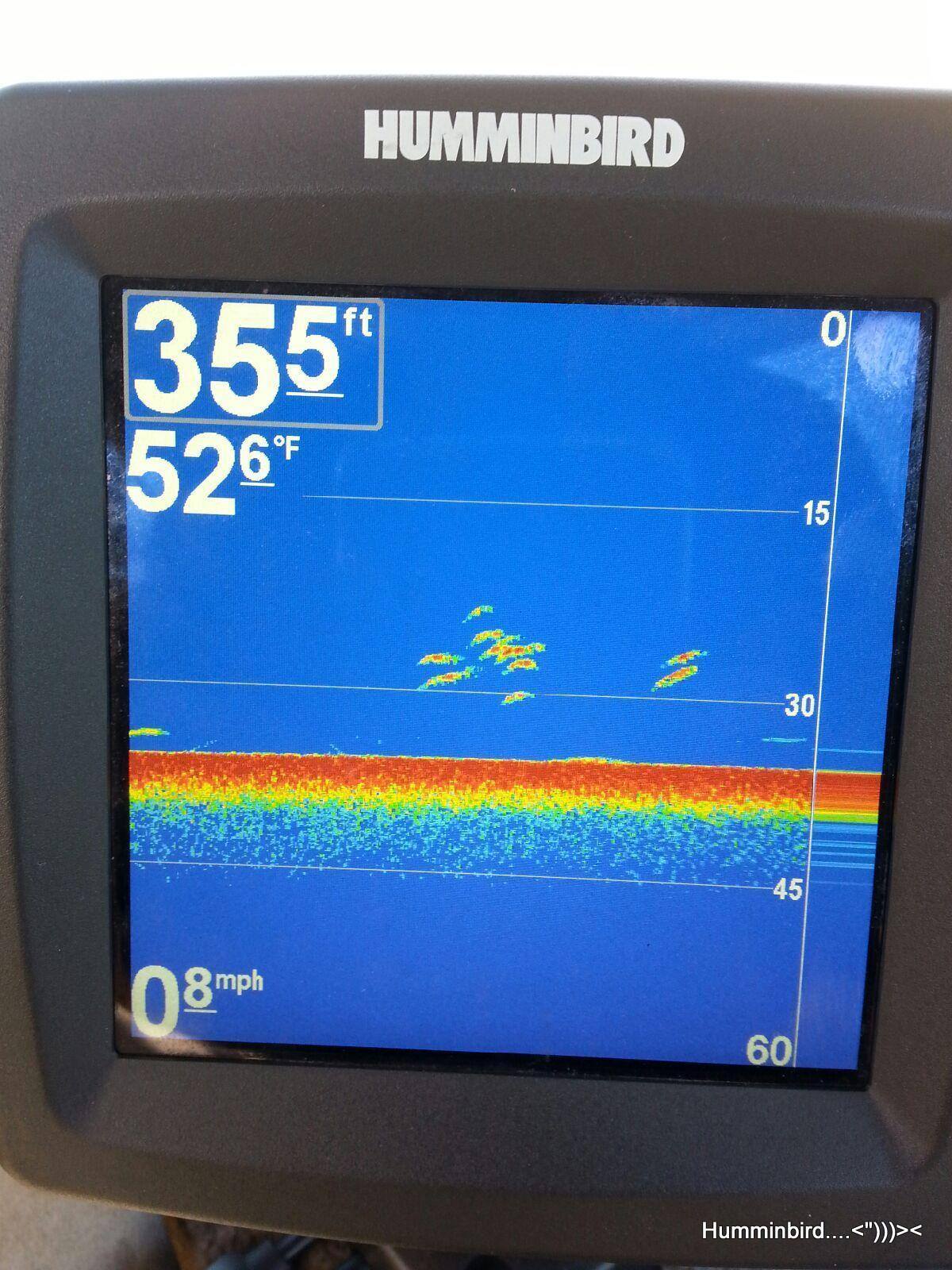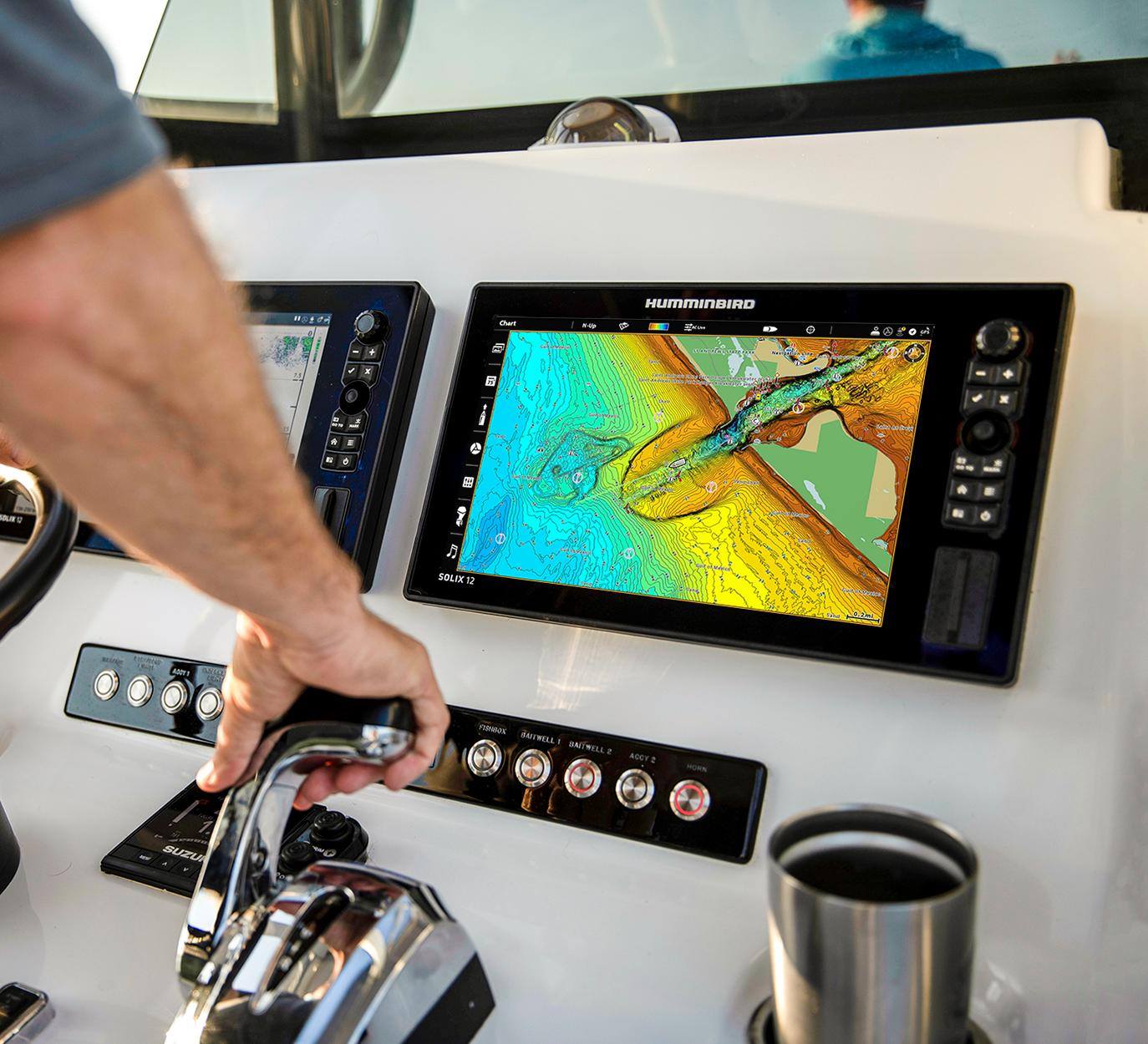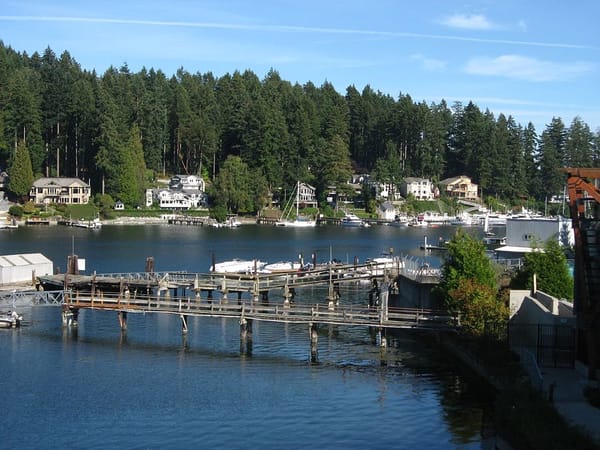Marine Accessories: All About Fish Finders

Since its invention in 1948 in Nagasaki, Japan, the thing we call a fish finder has come a long way. It started out with a power switch, a search range selector and an adjustor for sensitivity (pretty high-tech for 1948, if you think about it). These days, fish finders have sonar, GPS, high-resolution color displays and even the capability to provide 3-D side scans and digital readouts of water depth and temperature.
Whether you’re casting for catfish, bass and perch in the local lake or reeling in sea trout, tarpon and tuna offshore, a fish finder is a useful tool for any boater to have on board. It’s also helpful when navigating channels and to prevent you from hitting reefs and running aground on sandbars. One fun activity is checking out what’s below the waterline while underway or docked at a private boat slip rental.

Photo: Humminbird Facebook
When it comes to finding the fish, serious anglers have intuition, experience and a little bit of something we like to call ESFP, Extra Sensory Fish Perception (Sure, it’s a thing). If you don’t have ESFP, or just want the ability to see below the surface, keep reading to find out more.
How do Fish Finders Work?

Photo: Humminbird Facebook
We know that fish finders work by changing electrical pulses into sound waves. But how does it get from the water to that screen on your console? That’s where a transducer comes in. The transducer is mounted on the transom of the boat. It can be a thru-hull type, which offers the best signal quality but can be a challenge to install. A transom-mount is an angled bracket that’s screwed to the bottom. It’s easier to install but can be affected by rough water. An in-hull mount is glued to the inside of the hull. It can only be used on fiberglass hulls. A transducer can also be clamped to the outside or installed inside the prop hub of a trolling motor. Transom and in-hull mounts are typically used in trailered boats rather than one that would be kept in-water at a private boat dock rental.
Types of Fish Finders
Fish finders are available in a couple of varieties: stand-alone devices, combo sets and networked systems.
- Stand-alone devices only find fish and offer big displays and great resolution at reasonable prices. They’re a good choice for a small boat that fishes inland lakes and rivers.
- Combo sets have chartplotters, GPS, radar, sonar and all sorts of other features. They use GPS to navigate, and there’s usually a split screen to use both services at the same time. They’re good for mid-size boats and offshore fishing boats.
- Networked systems connect with other electronic devices and technology such as radar, raster, vector GPS charts, video and even SiriusXM satellite. They use Bluetooth or Wi-Fi to control from a smartphone and are good for medium to large boats.
What to Look for in a Fish Finder

Photo: Humminbird Facebook
Depending on where you fish and how often you’ll be using it, there are several things you’ll want to look for in a quality fish finder.
Multiple Features
Does it have GPS, marine radar, compass, etc.…? If all you want to do is catch fish, you may not want all of the extras. If you boat in offshore coastal areas, it’s good to have compass and radar capabilities, if only for backup if something goes wrong with your main electronics after leaving a private boat slip rental.
Device Size
Is the screen large enough to actually see? Will it be too big for your console?
Screen Resolution
Aim for at least 240 x 160 pixels. Higher resolutions will give an even better display.
Transmitting Power
Do you fish in inland lakes, coastal areas, rivers, deep water, etc.…? Will it work in the water depth you typically boat in?
Included Transducer
The transducer is the piece that sends and receives signals or sonar waves (“sees” the fish) and allows the central unit to interpret what’s there. Some models don’t include the transducer.
Cone Angle
The cone angle is the “beam” that goes down to search out the fish. A wider beam means a larger area is covered. Cones can range from nine to 60 degrees. A 20-degree cone is a good choice for a beginner.
Frequency
Frequency is one of the most important factors in a fish finder and is related to the cone angle. Dual, single and multiple frequencies are available. Dual frequencies have 60 and 20-degree cones. Typical frequencies are 200, 192, 83 or 50 kHz. High frequencies provide more on-screen detail. Boating in shallow water? Try a high frequency like 200 or 192. For deep water, use 50.
Power
A high wattage fish finder will provide faster and deeper readings, while low wattage will be slower but better in shallow water. In simple terms, for deeper water, go with as much power as you can get. Shallow? Go with less power.
Black/White VS Color Screen
There are millions of shades of colors versus about 265 shades of gray. Color is easier to see and understand what you’re seeing. While not terrible, black and white screens are harder to see in glaring sunlight and cloudy conditions.
Popular Fish Finder Brands
Fish finders range in price from under $100 to $500 and up, depending upon the size, features and various bells and whistles. A couple of popular brands include:
- Humminbird
- Garmin
- Lowrance
Whether you’re using a fish finder to catch fish or just as entertainment for the kids, it’s certainly a cool and useful tool to have whether on the water or docked at a boat slip for rent. Let us know what you catch!



